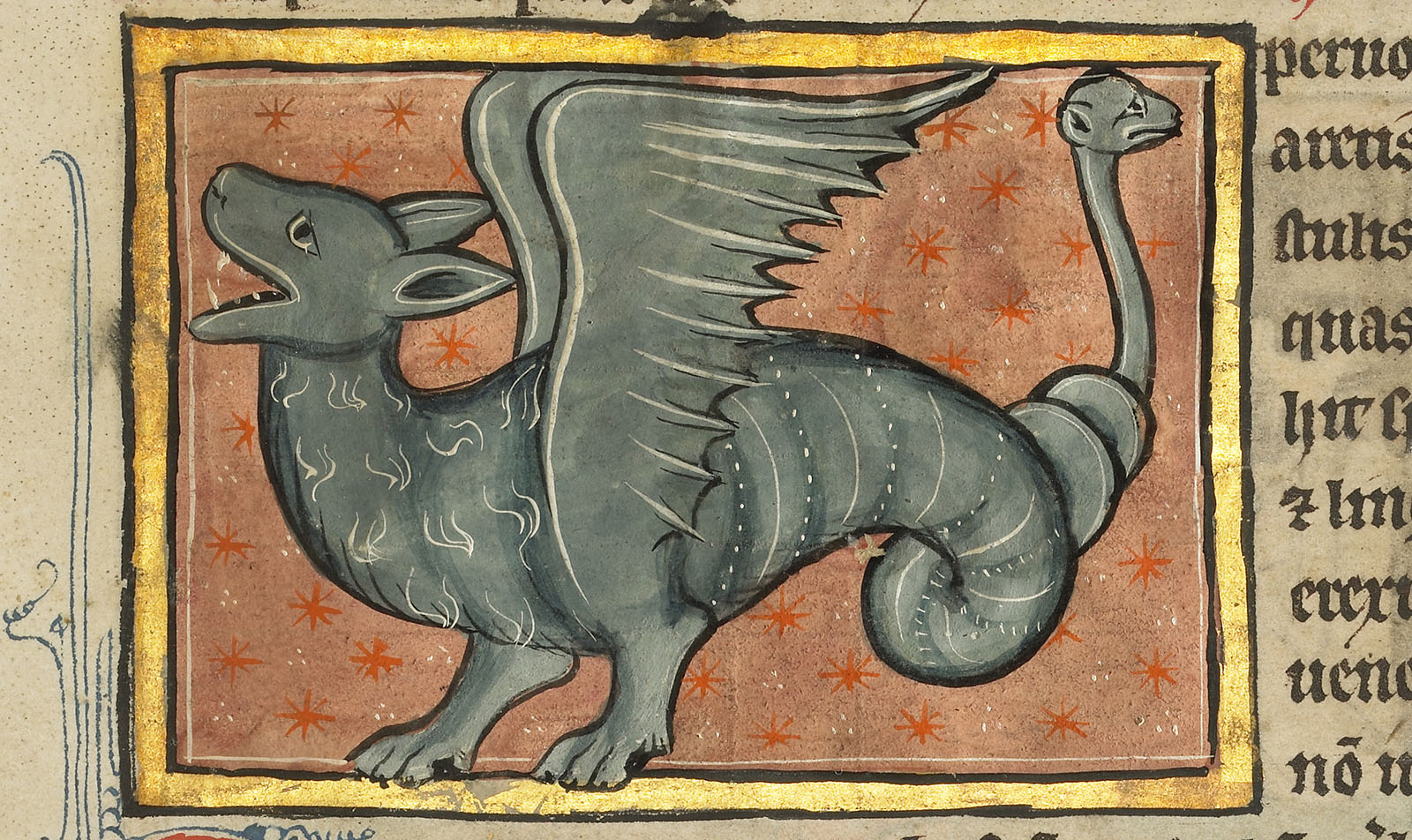Un’ibrida progenie semi-mostruoso-eroica. La non-rigenerazione e la metamorfosi del male nel "Beowulf" di Robert Zemeckis
Keywords:
Beowulf, dragon, Grendel, non-regeneration, monstrous progeny, Beowulf, Dragon, Grendel, Non-regeneration, Monstruous progenyAbstract
Among the rewritings of the Old English epic of Beowulf, Zemeckis’ homonymous film departs from the poem in its reinterpretation of the themes of otherness and parenthood. The director and screenwriters come up with the lethal hybridisation between two incompatible lineages: monsters are the result of the carnal union between Grendel’s mother and a hero. From the adulterous encounter with Hrothgar was born Grendel and from that with Beowulf the dragon was conceived. In returning the Old English epos to a contemporary audience, the film presents a dystopian reality in which lustful parents lost their heroism by succumbing to the seduction of evil conveyed by Grendel’s Mother. From that fatal union shape-shifting creatures are born and raised in a thirst for revenge against their parent who disowned them. For Zemeckis, it is an inevitable catastrophic cycle that will ever endure in non-regeneration.

Downloads
Published
How to Cite
Issue
Section
License
Copyright (c) 2023 Elephant & Castle

This work is licensed under a Creative Commons Attribution 4.0 International License.





